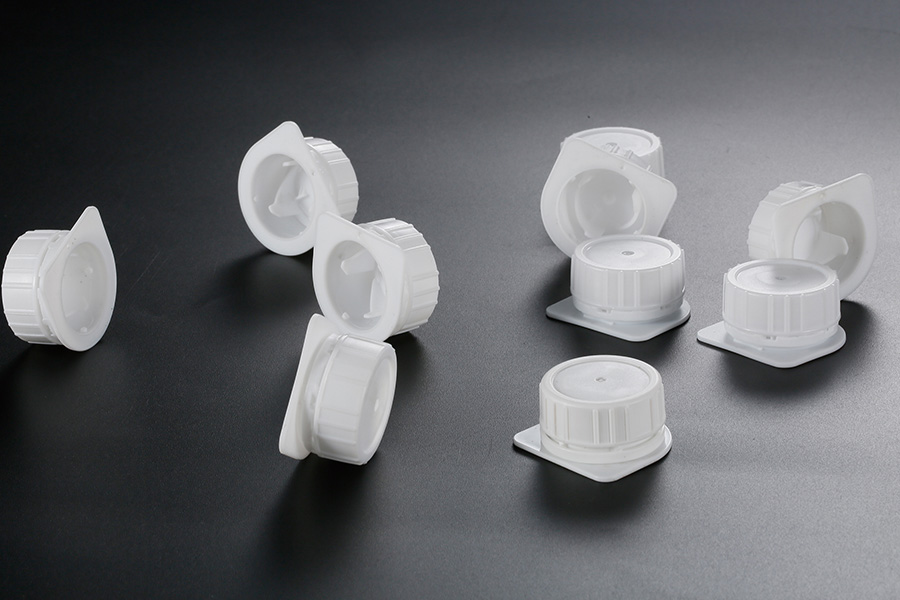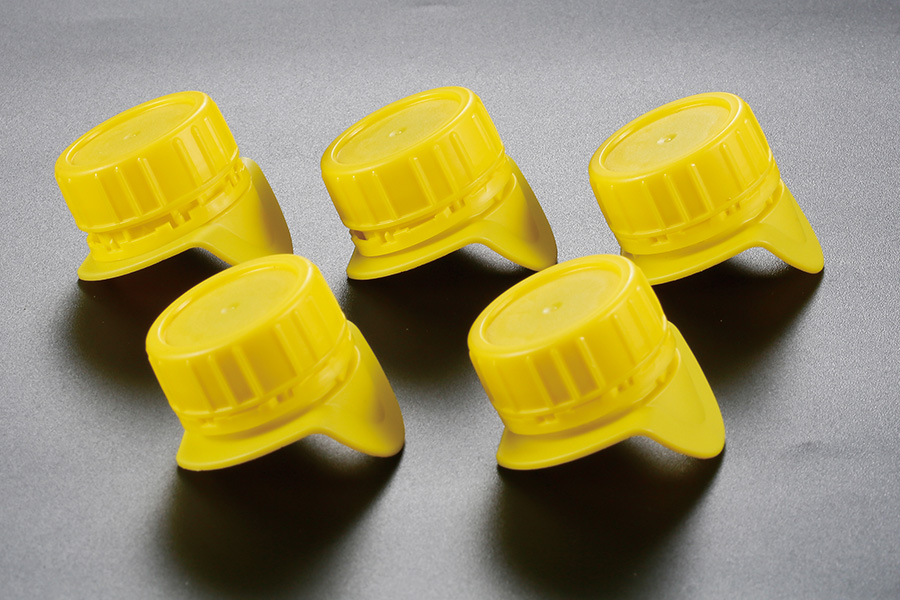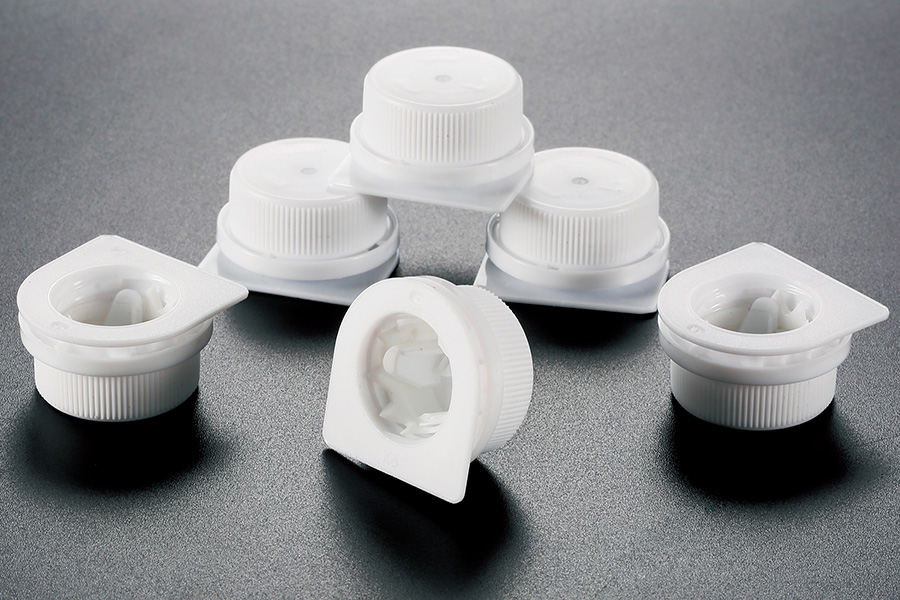Material durability is a critical factor in the design of bottle caps, especially when it comes to specialized products such as the pharmaceutical packaging cap and the one-step opening cap. In industries like pharmaceuticals and beverages, caps not only serve as closures but also play an essential role in product safety, user convenience, and maintaining product integrity. Understanding the material durability considerations in cap design is fundamental to developing effective and reliable closures.

The pharmaceutical packaging cap is designed to meet stringent standards because it protects sensitive medical products from contamination, tampering, and environmental factors such as moisture and air. When selecting materials for a pharmaceutical packaging cap, manufacturers must evaluate the cap’s resistance to chemical interactions, mechanical stress, and environmental conditions. The cap material must maintain its integrity over the product’s shelf life to ensure that the medication remains safe and effective. For example, a cap made from durable plastic polymers like polypropylene or polyethylene can provide the necessary strength while remaining resistant to common pharmaceutical solvents.
One-step opening caps are gaining popularity in the market due to their user-friendly design. These caps simplify the opening process by allowing users to twist or pull the cap open in a single motion. This ease of use makes the one-step opening cap particularly suitable for consumers who require quick and effortless access, including elderly patients or those with limited hand strength. However, the material used must be robust enough to withstand repeated opening and closing without cracking or deforming. Materials that balance flexibility and toughness are typically favored in these designs to maintain durability while providing convenience.
Durability in cap materials is closely linked to the cap’s ability to maintain a secure seal. Both pharmaceutical packaging caps and one-step opening caps need to provide airtight closures to prevent leakage and contamination. This sealing function is heavily dependent on the cap’s material properties. The polymer’s resistance to deformation under pressure and its ability to form a tight fit with the bottle neck are key factors. Caps that use materials with low creep tendencies help sustain the sealing force over time, which is essential in maintaining product quality.
Environmental factors also influence material durability considerations in cap design. Exposure to ultraviolet light, temperature fluctuations, and humidity can degrade some plastics, causing them to become brittle or discolored. For pharmaceutical packaging caps, which often require long shelf lives and exposure to various storage conditions, choosing materials with strong UV resistance and stability under different temperatures is important. One-step opening caps, while designed for ease, must also endure similar environmental stresses without losing functionality or structural integrity.
Another consideration in designing durable caps is compliance with regulatory standards. Pharmaceutical packaging caps must conform to strict guidelines regarding material safety, including non-toxicity and compatibility with the packaged drug. The choice of materials must ensure no harmful substances leach into the product. Additionally, these caps often require tamper-evident features that depend on material properties such as tensile strength and elasticity. The one-step opening cap can incorporate tamper-evident seals that must not compromise the ease of opening while ensuring product security.
Manufacturing processes also impact the durability of pharmaceutical packaging caps and one-step opening caps. Injection molding is commonly used to produce caps, and the quality of the mold and material handling affects the final product’s strength and precision. Uniform wall thickness, absence of defects, and proper cooling are critical to avoiding weak spots that could advance to early failure. Material selection must be compatible with these manufacturing considerations to ensure consistent production of durable caps.
Sustainability is becoming increasingly important in cap design, affecting material choice and durability. Many manufacturers seek to use recyclable or biodegradable polymers without sacrificing performance. For pharmaceutical packaging caps, balancing sustainability with the need for strong barriers against contamination presents a challenge. Similarly, one-step opening caps must maintain their mechanical properties even when made from eco-friendly materials. Advances in polymer science continue to offer new options that improve durability while supporting environmental goals.
In summary, material durability considerations in cap design are multifaceted, involving mechanical strength, environmental resistance, regulatory compliance, manufacturing quality, and sustainability. Both pharmaceutical packaging caps and one-step opening caps require careful material selection to meet the demands of their specific applications. By focusing on the balance between toughness, flexibility, and compatibility with the product and user needs, designers can create caps that provide reliable protection and convenient access. This balance ensures the continued safety and satisfaction of end users while addressing evolving market and environmental requirements.


 English
English  русский
русский عربى
عربى



